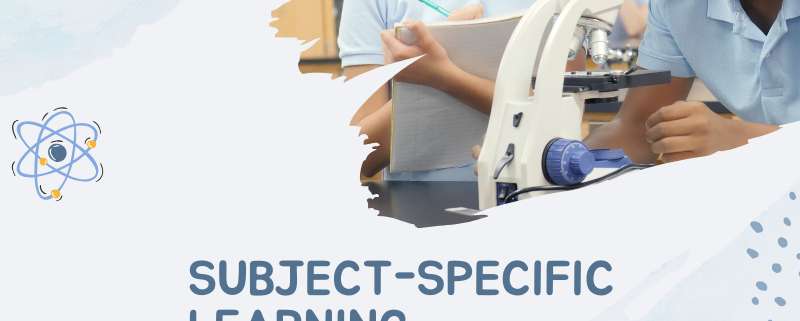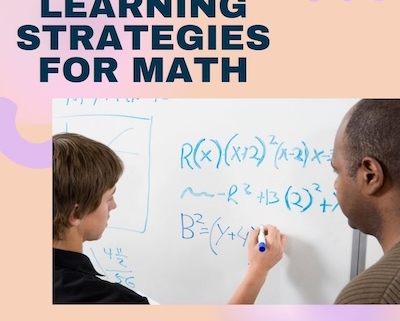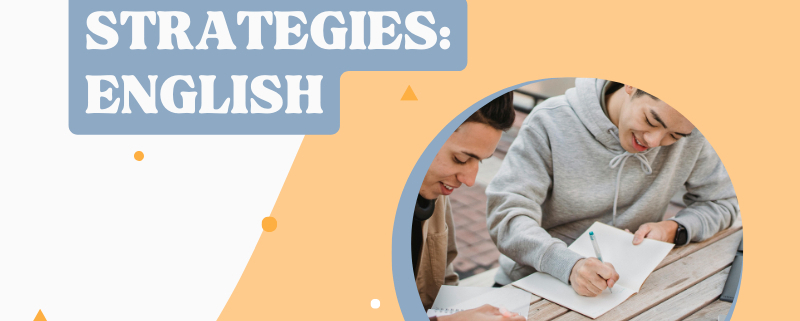Learning Strategies for Math: Unlocking Student Potential
Mathematics can be a challenging subject for many students, but with the right strategies, it can also be a rewarding and even enjoyable experience. Whether a student is struggling with basic concepts or tackling advanced topics, effective learning strategies can make a significant difference in their understanding and confidence. Here are some proven strategies to help students excel in math, designed to be both practical and adaptable to various learning styles.
1. Master the Basics
Before moving on to more complex topics, it’s essential for students to have a strong foundation in basic math skills. This includes arithmetic, number sense, and understanding fundamental concepts like addition, subtraction, multiplication, and division. Reinforcing these basics through repetition, practice problems, and real-world examples helps solidify the foundation needed for higher-level math.
2. Use Visual Aids
Visual learning tools such as diagrams, charts, and graphs can help students better understand abstract math concepts. For instance, using number lines to teach addition and subtraction, or pie charts to explain fractions, can make these topics more accessible. Visual aids can also include manipulatives like blocks or beads, which allow students to physically interact with math concepts, making learning more engaging.
3. Practice, Practice, Practice
Mathematics is a subject where practice truly makes perfect. Regular practice helps students reinforce what they’ve learned, identify areas of weakness, and build confidence. Encourage students to complete a variety of practice problems, including both routine exercises and word problems that require them to apply their knowledge in different contexts.
4. Break Down Problems
Complex math problems can often be overwhelming. Teaching students to break down problems into smaller, more manageable steps can make the process less intimidating. This approach not only helps in solving the problem at hand but also enhances critical thinking skills. Encourage students to tackle one step at a time, and to write down each step as they go, which helps in organizing their thoughts and minimizing errors.
5. Relate Math to Real-Life Situations
Applying math to real-life situations can make the subject more relevant and interesting for students. Whether it’s calculating the total cost while shopping, measuring ingredients for a recipe, or figuring out the time needed to travel a certain distance, real-world applications help students see the value and practicality of math in everyday life.
6. Encourage a Growth Mindset
A growth mindset—the belief that abilities can be developed through hard work and perseverance—is crucial in math education. Students who believe they can improve their math skills are more likely to persist through challenges. Encourage students to view mistakes as learning opportunities and to approach math with curiosity and resilience. Praising effort rather than innate ability helps foster this mindset.
7. Utilize Technology and Online Resources
There are many online tools and apps designed to make math learning more interactive and fun. These resources can provide additional practice, instant feedback, and personalized learning experiences. Educational websites, math games, and tutorial videos can supplement traditional learning methods and cater to different learning preferences.
8. Seek Help When Needed
Sometimes, students need extra support to overcome challenges in math. This is where academic tutoring can play a vital role. A tutor can provide personalized instruction tailored to a student’s specific needs, helping to clarify difficult concepts and build confidence. Tutoring also offers a safe space for students to ask questions and receive individualized attention.
9. Address Math Anxiety
Math anxiety can significantly impact a student’s performance, manifesting as nervousness, fear, or mental blocks during math tasks. To combat this, it’s crucial to foster a supportive environment where mistakes are part of learning. Techniques like deep breathing (see: mindfulness and academic success), positive self-talk, and gradually tackling challenging problems can help reduce anxiety. Encouraging students to see math as solvable puzzles rather than insurmountable challenges can also alleviate stress.
Takeaways
Math can be a challenging subject, but with the right strategies, students can unlock their potential and achieve success. From mastering the basics to applying math in real-life scenarios, these strategies are designed to make learning math a more positive and productive experience. For students who need additional support, academic tutoring provides a valuable resource, offering personalized guidance to help students overcome obstacles and reach their full potential. By adopting these learning strategies, students can not only improve their math skills but also develop a lasting appreciation for the subject.
Consider seeking help from a professional tutor to help your student learn strategies to succeed in math. Hodis Learning & Music’s expert math tutors have years of experience supporting K-12 and college students through difficult math classes. Learn more by calling us or submitting a message on our website today!










